The middle stages of the 2010 Tour de France, between the two rest days, are leg-beating, heart-wrenching, lung-ripping, and surely exciting for all of us who don’t have to ride them.
These eight stages are the toughest in the Tour, not the least because they are back-to-back. Starting in the Alps and ending in the Pyrenees, these stages should decide who will wear yellow in Paris.
Stage 9, 204.5 km from Morzine-Avoriaz to Saint-Jean-de-Maurienne,is an interesting stage in that is has three heartbreaking climbs and a couple of dangerous descents, which could allow slower climbers to catch up.
The real climbing starts with the Cat 1 Col de la Colombière 25 km into the stage, followed in quick succession by the Cat 2 Col des Aravis and the Cat 1 Col des Saisies. These three climbs could crack a lot of riders, particularly those that didn’t ride enough on the rest day.
The first 97 km of Stage 9 are brutal, but after that there is the long descent down Col des Aravis followed by 15 km of flat road—a chance for riders to catch up and recover, before hitting the real monster, the Hors Category Col de la Madeleine.
Andy Schleck will also go here, I think. He has said he wants yellow, and with only 20 seconds to make up, the Madaleine is a perfect spot to make a bid. If Cadel Evans can out-descend Schleck, though, he could keep the maillot jaune for several days.
If Astana are saving their energy for the Pyrenees, they might not attack in this stage. In that case, a whole host of riders might make a move: Robert Gesink, Samuel Sanchez, Michael Rogers, Bradley Wiggins? Levi Leipheimer? Any of the top fifteen in the GC could attack, if the big guns stay holstered.
Stage 10, 179 km from Chambéry to Gap, offers a chance for the rolleurs, the all-around riders, to do well. 70 km is the very steep Cat 1 Côte de Laffrey—only 7 km long but a nine percent grade. This is a harsh climb; look for Alberto Contador to enjoy this one, if he is on form.
Stage 11, 184.5 km from Sisteron to Bourg-lès-Valence, is a gift to whatever sprinters have struggled through the mountains. Though there is the Cat 3 Col de Cabre fifty km in, after that it is all downhill, and looks fast—a reasonably straight and gentle downslope, not a lot of U-turns and switchbacks.
Stage 12, 210.5 km from Bourg-de-Péage to Mende, starts with a couple Cat 3 climbs, the Cat 2 Suc de Montivernoux, then the Cat 3 Côte de la Mouline. The first three climbs are not steep at all, and the Mouline only hits five percent for four kilometers. Up to this point, the rolleurs should be doing fine.
Stage 13, 196 km from Rodez to Revel, is a long undulating stage with some Cat 3’s and 4s scattered in. Maybe a bit too hilly for some sprinters, just because there are so many little hills, but great for power sprinters like Oscar Freire and Thor Hushovd.
The week ends with exactly what a tired peloton with aching legs doesn’t want to see—a mountaintop finish.
Stage 14, 184.5 km from Revel to Ax 3 Domaines, carries what Phil Ligget and Paul Sherwen call “a sting in the tail”—the long, steep Hors Category Port de Pailhères—15.5 km at almost eight percent—followed by the Cat 1 Ax Tres Domaines. Why this is considered Category 1 is beyond me. It is a 7.8 km climb at up to 8.2 percent, and it comes after Pailhères. I guess it is too short for an HC designation, but it will certainly lay a beat-down on a lot of riders.
One never knows. The top GC contenders might let all the small-team breakaways go and just mark each other all the way up the climbs, no one attacking, everyone ready to defend. They might all be unwilling to attack, for fear they might drain themselves and be unable to cover a counterattack. Hopefully, that won’t happen.
After all that, there are still two more stages before the second rest day. This middle stretch of the Tour is brutal.
Stage 15, 187.5 km from Pamiers to Bagnères-de-Luchon, ends with an extremely technical descent from the Hors Categorie Port de Balès.
The descent could offer a chance to regain lost ground for riders who didn’t fall too far back on the climb. Riders with excellent bike control and an extreme willingness to risk, could shrink a small gap.
The final stage of the middle stretch of the 2010 Tour de France is a real heartbreaker. It starts (and I mean starts, as in, uphill from the first pedal stroke) with a pair of Cat 1 climbs followed by the famous Hors Categorie Col du Tourmalet, with another Hors Categorie climb two-thirds of the way through.
The stage is followed by a rest day; I am sure many riders will wish for a rest week after this.
Stage 16, 199.5 km from Bagnères-de-Luchon to Pau, is long, hard, and also filled with technical descents. Because of the length of the descents, riders might not want to attack here—why kill yourself going uphill if there is enough time for your opponents to catch you up by the end?
Also, the final climb, while long at 30 km, is not particularly steep, at 4.2 percent. This isn’t steep enough to give a rider an advantage. With the final fifty km being moderately downhill, this stage, if not won by a breakaway, could end with a bunch sprint of GC contenders.
This is a perfect stage for a daring breakaway to succeed—so long as no GC threats are in it, why chase? This is, in fact, almost the precise route over which cycling legend Eddy Merckx rode his legendary 180-km breakaway in 1969.
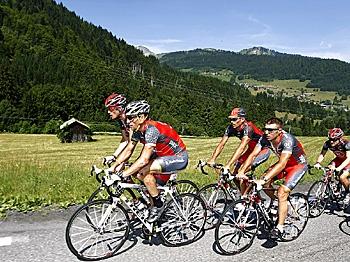
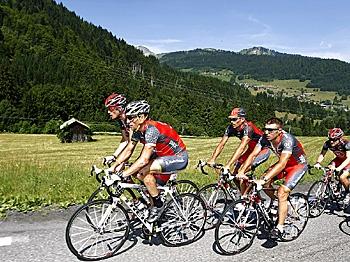
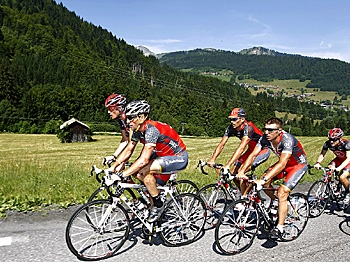
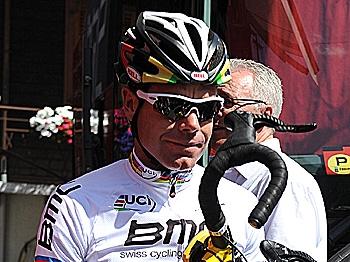
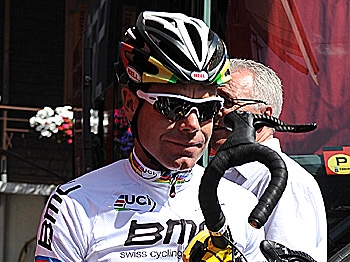
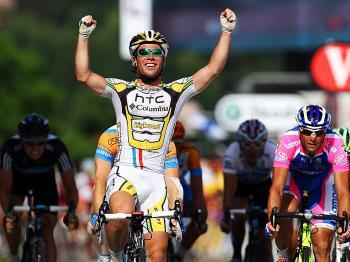
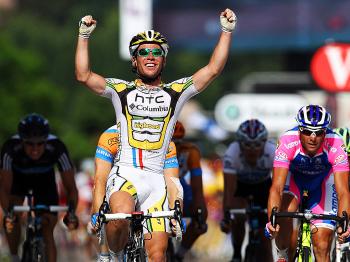
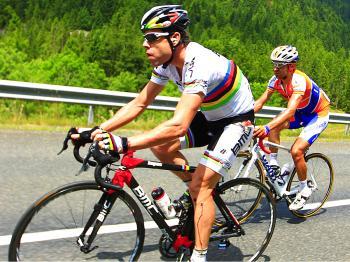
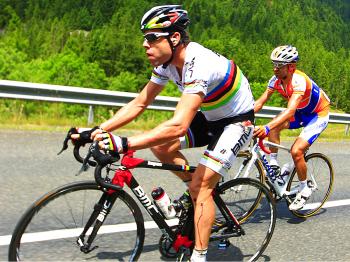
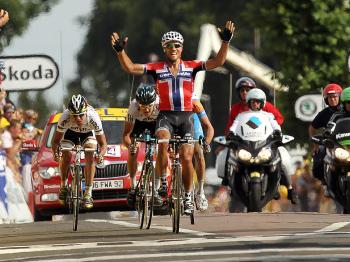
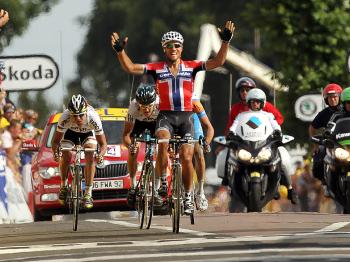
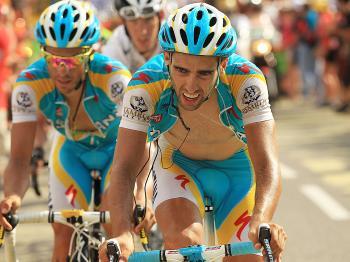
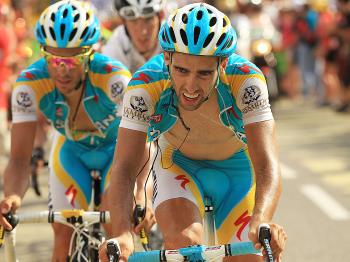
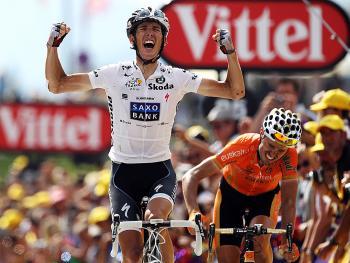
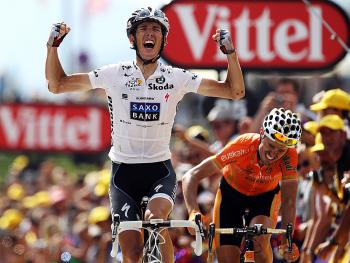
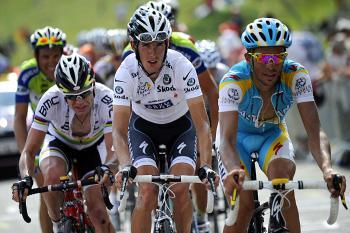
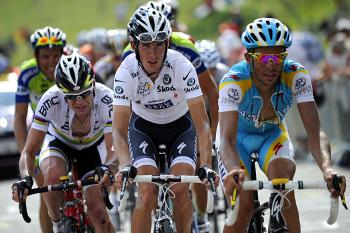
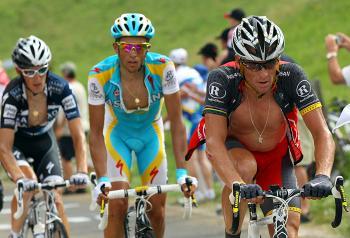
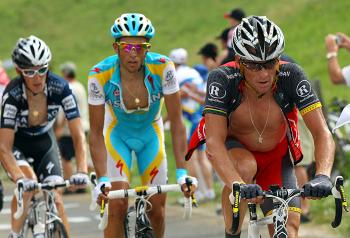
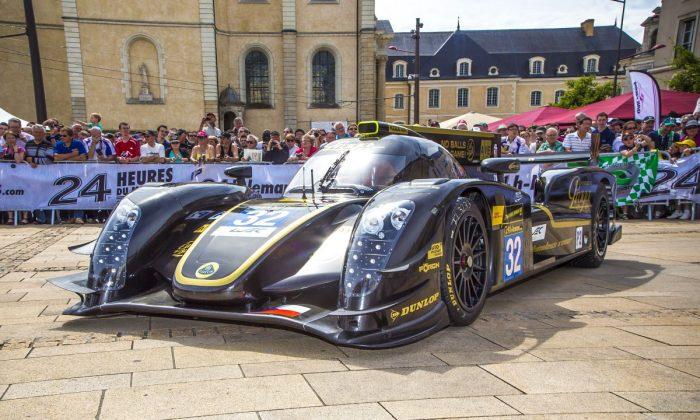
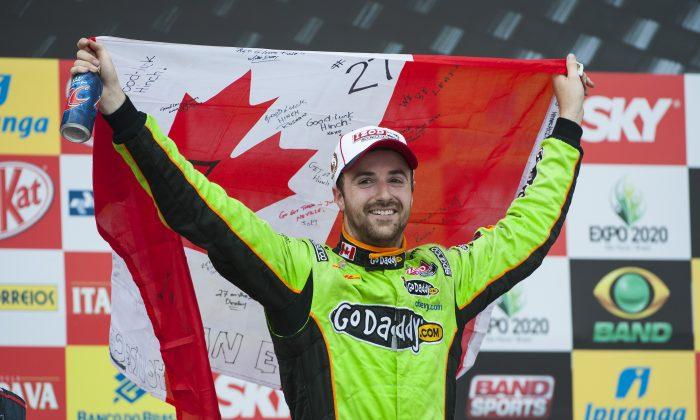
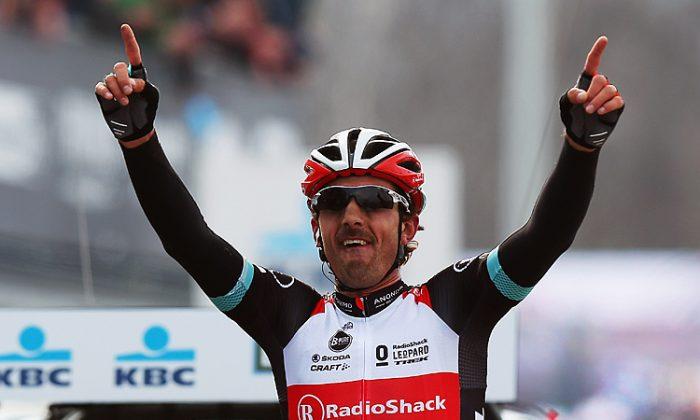
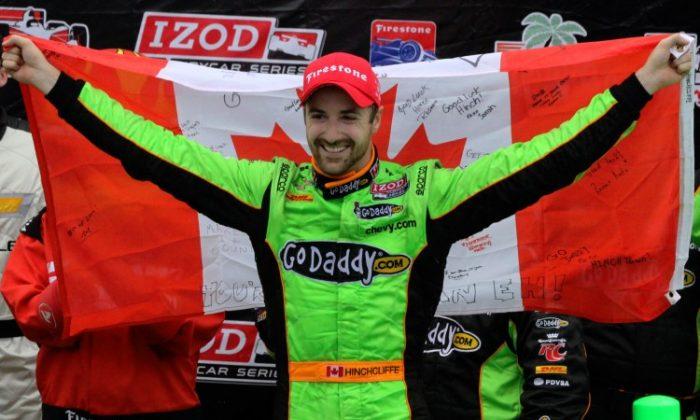
Friends Read Free